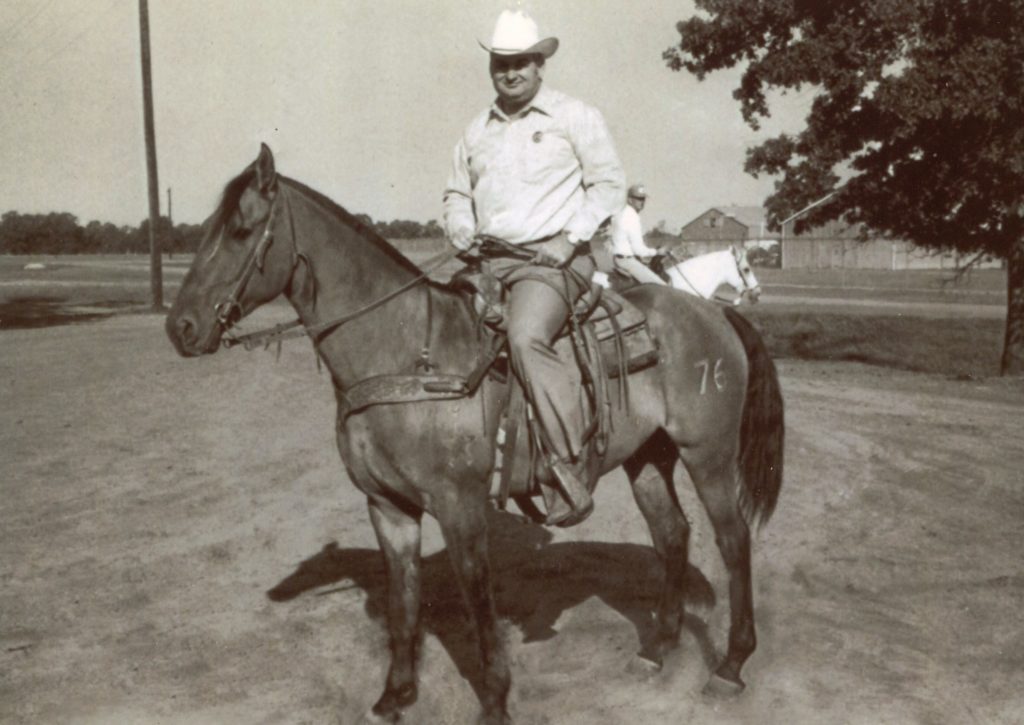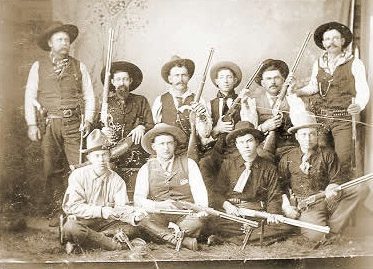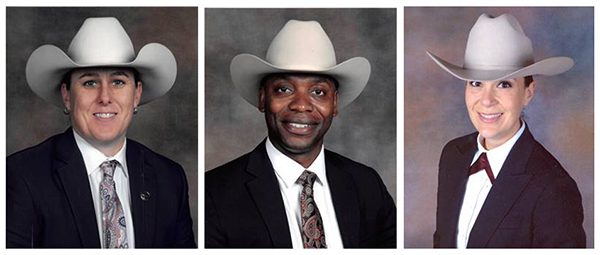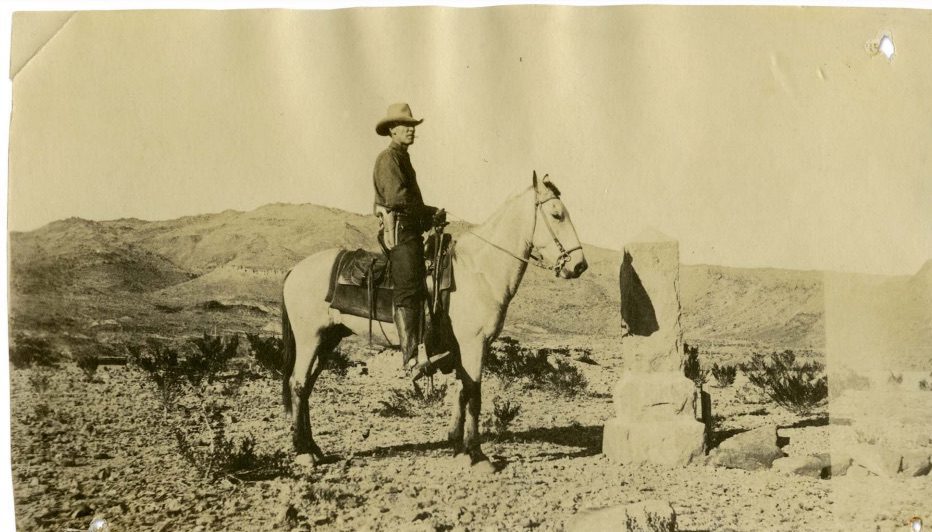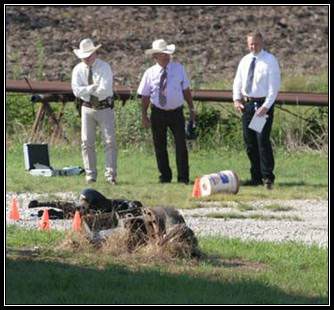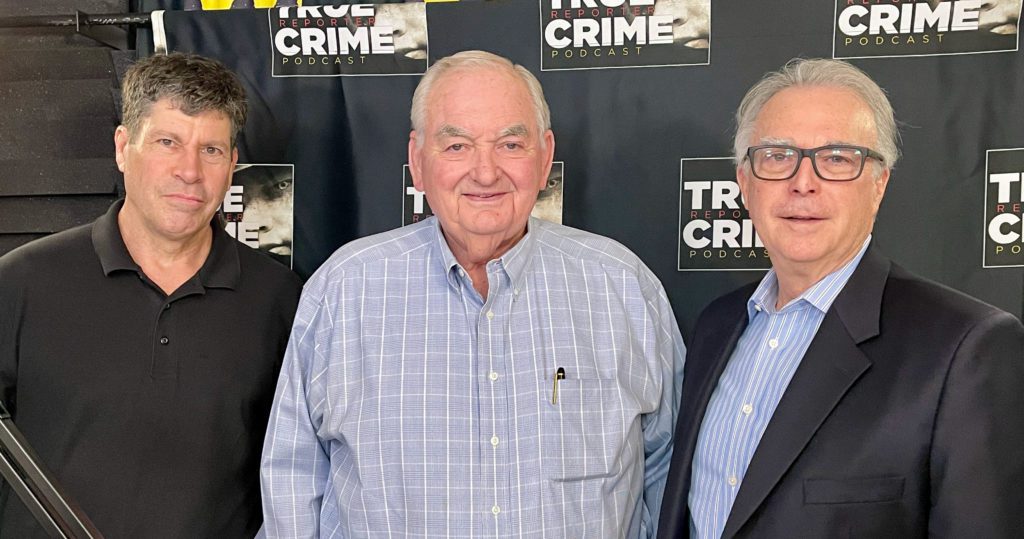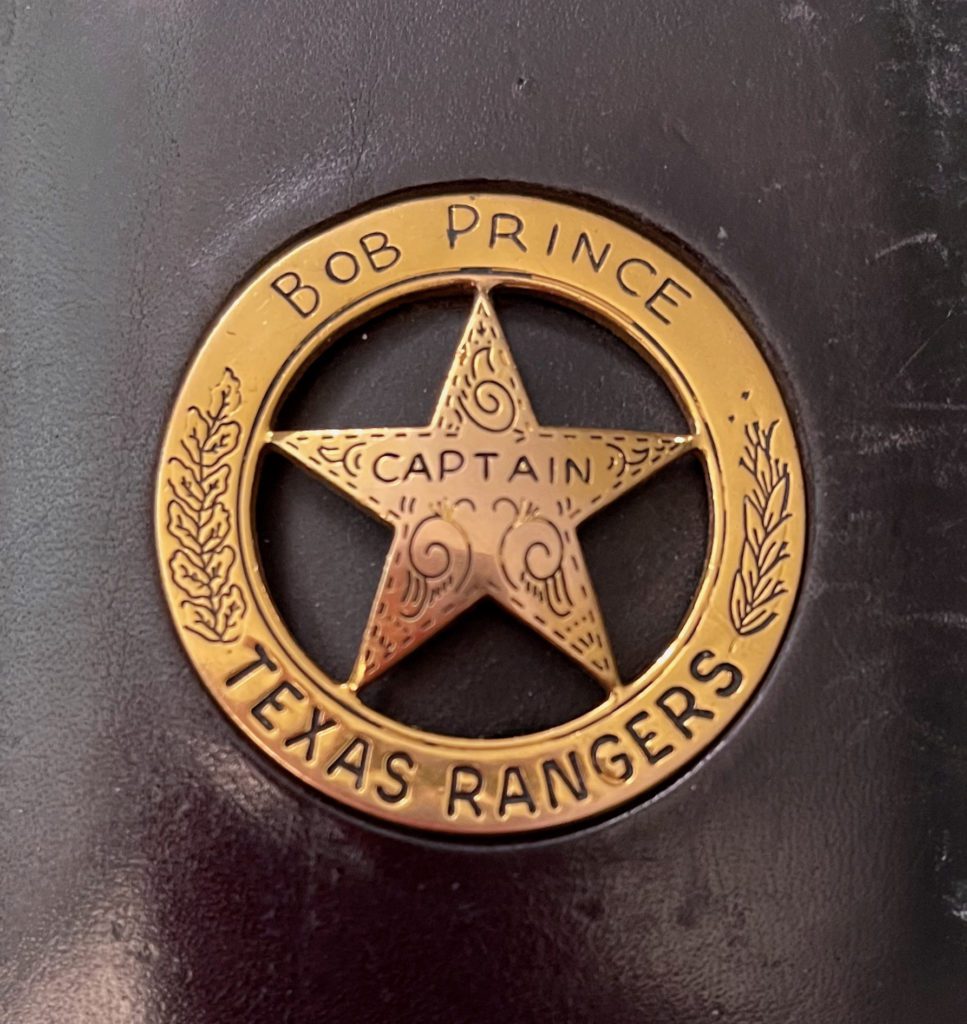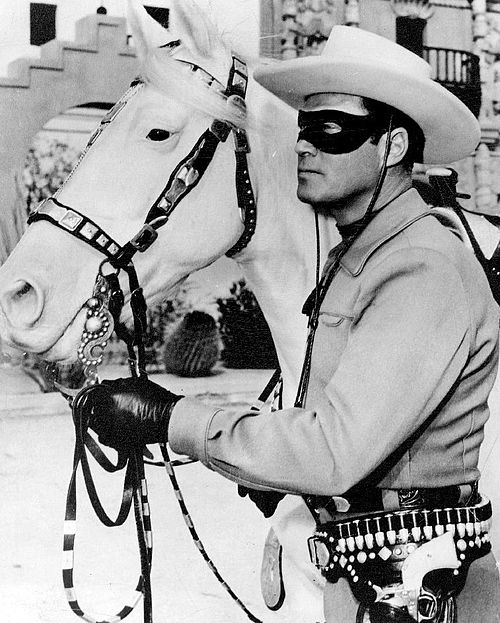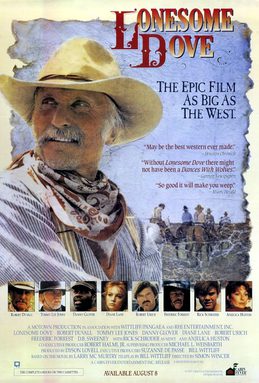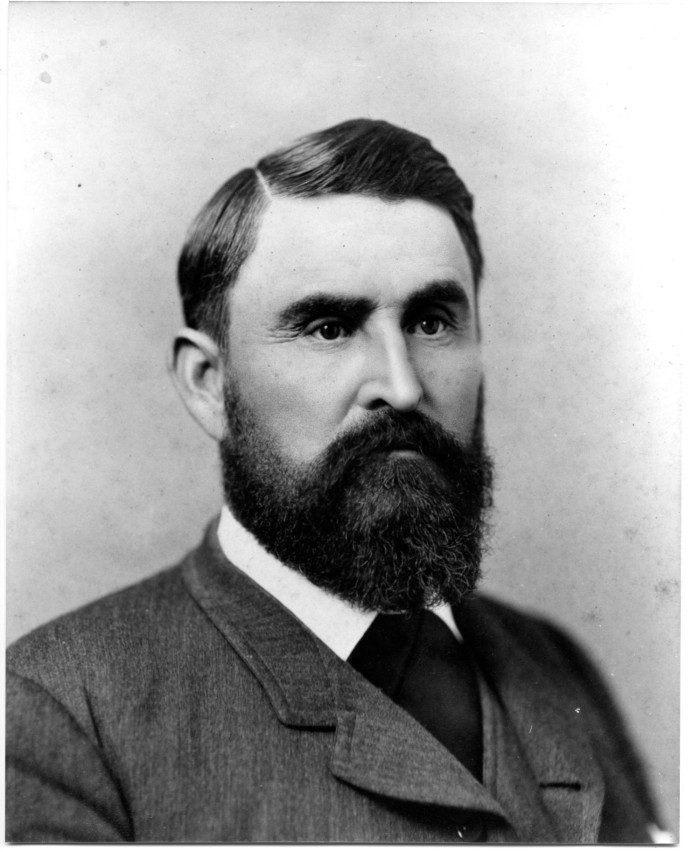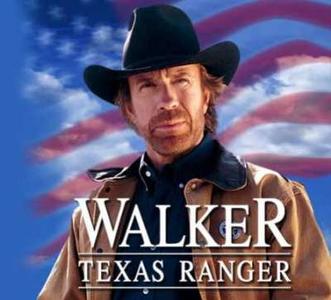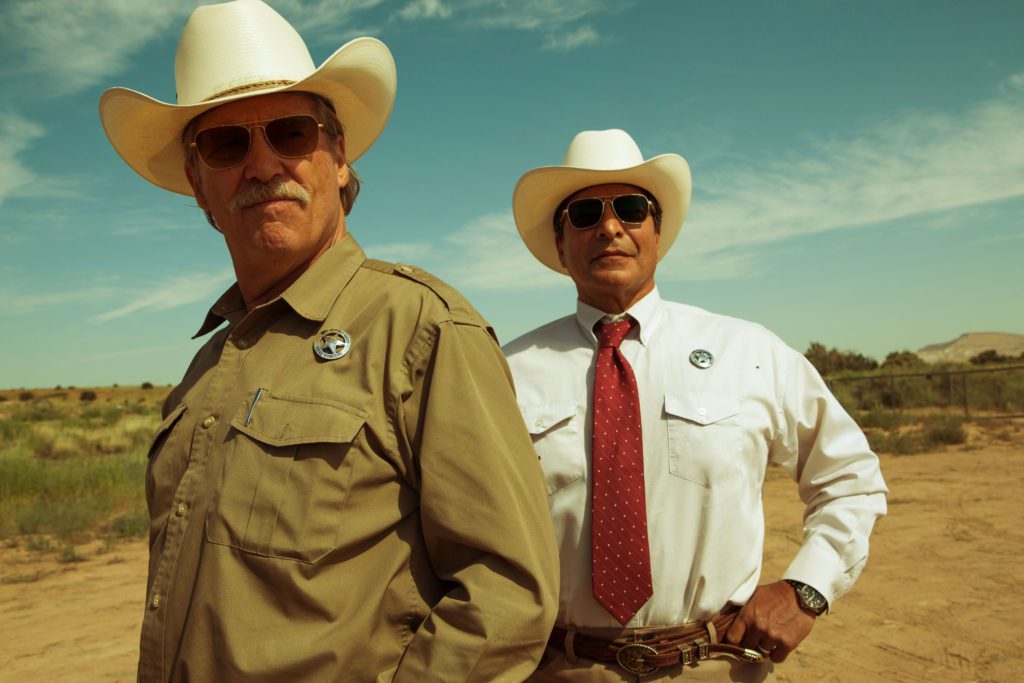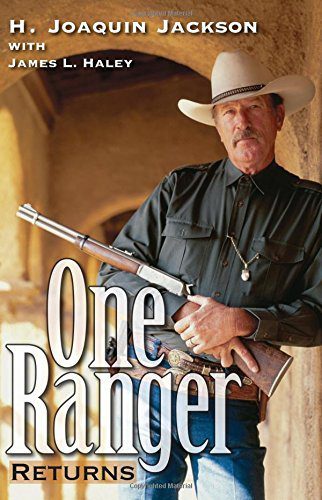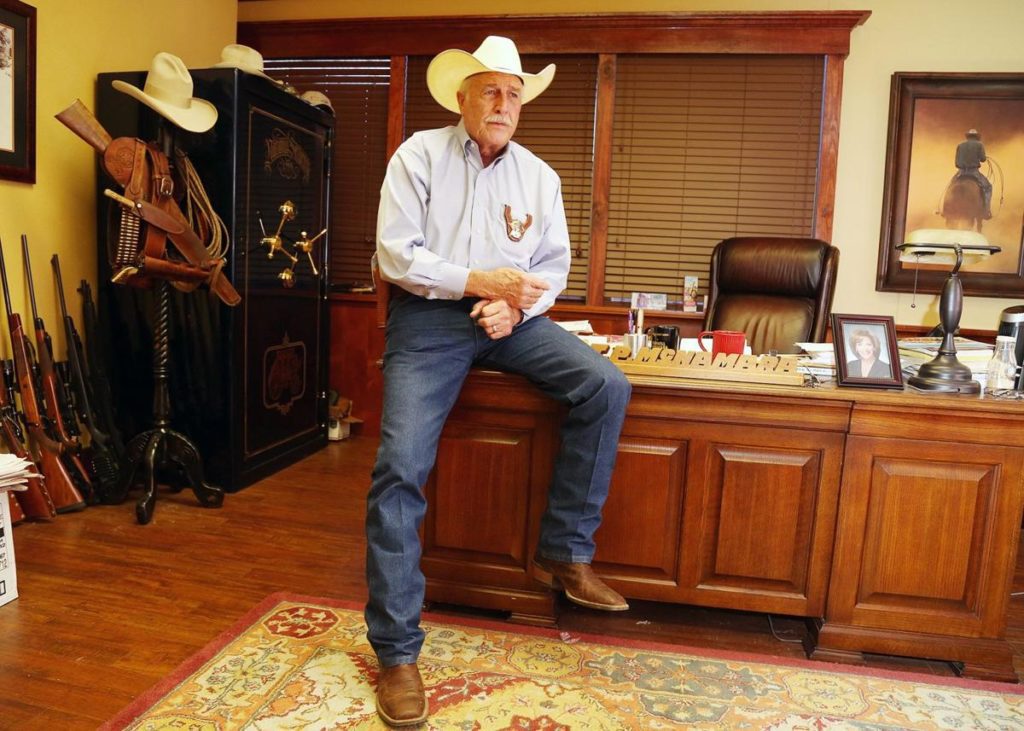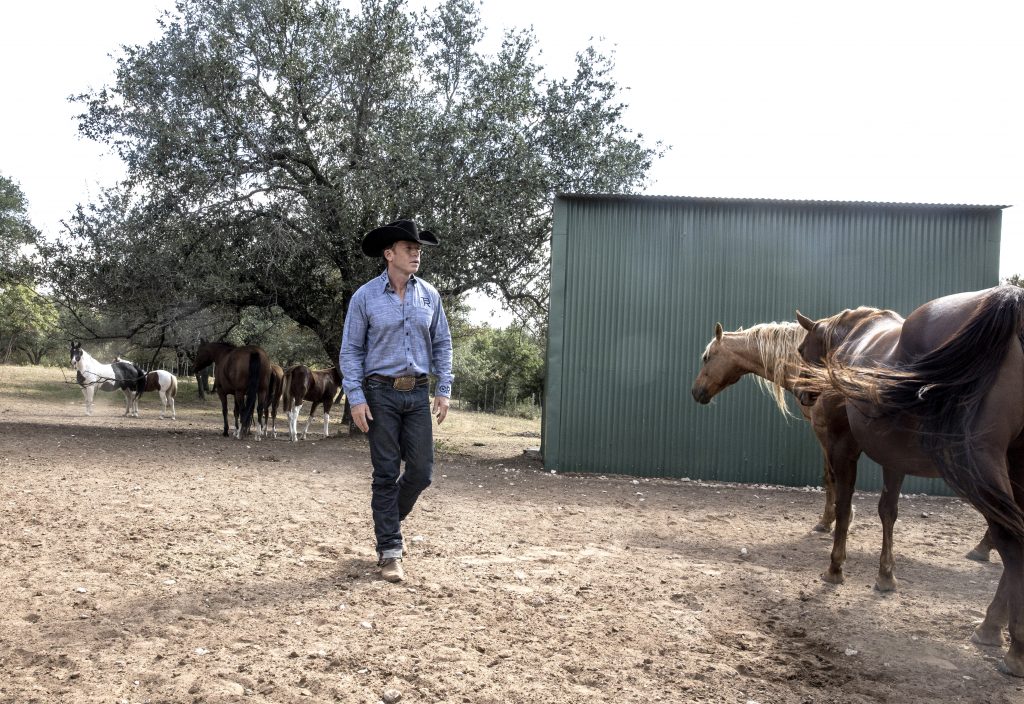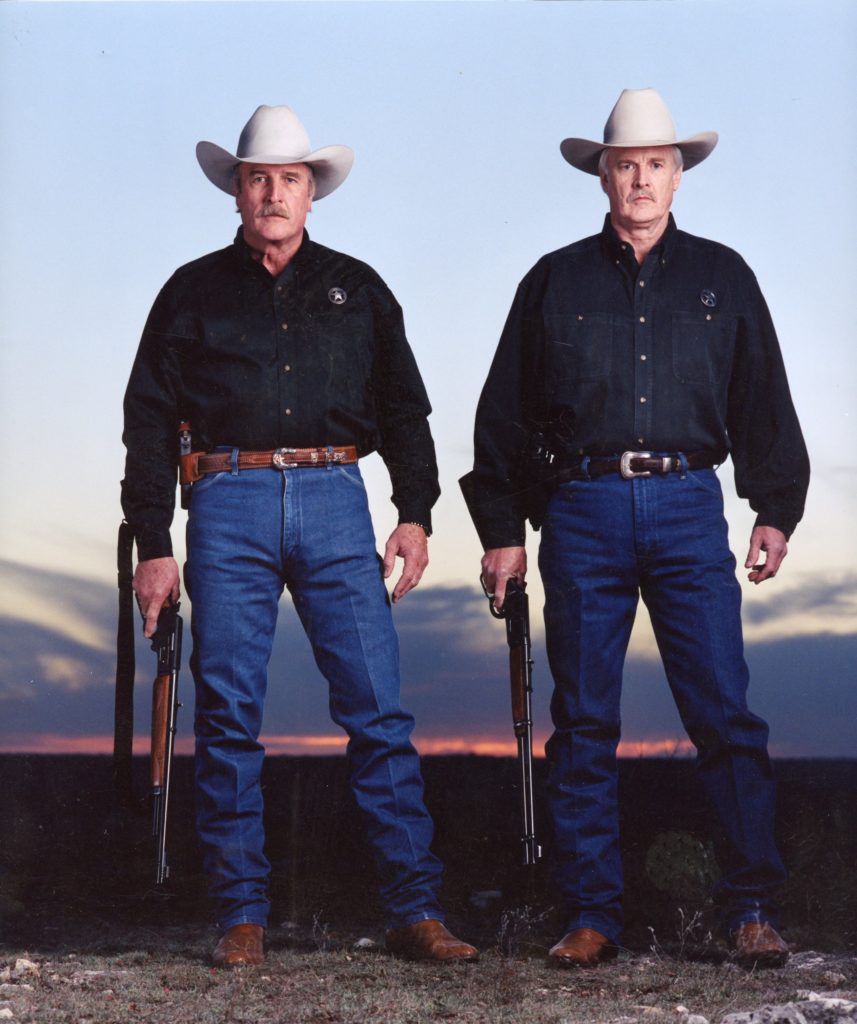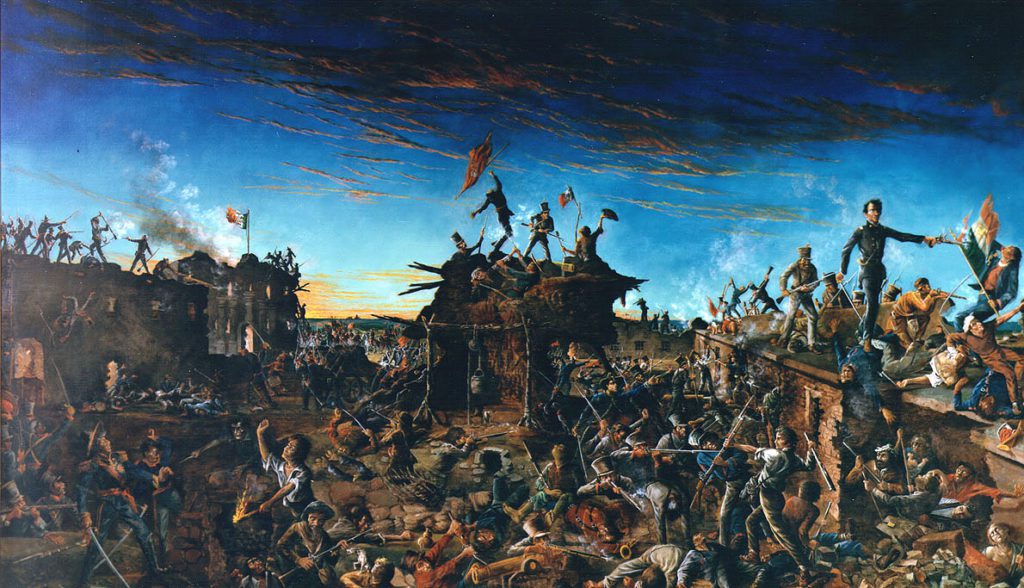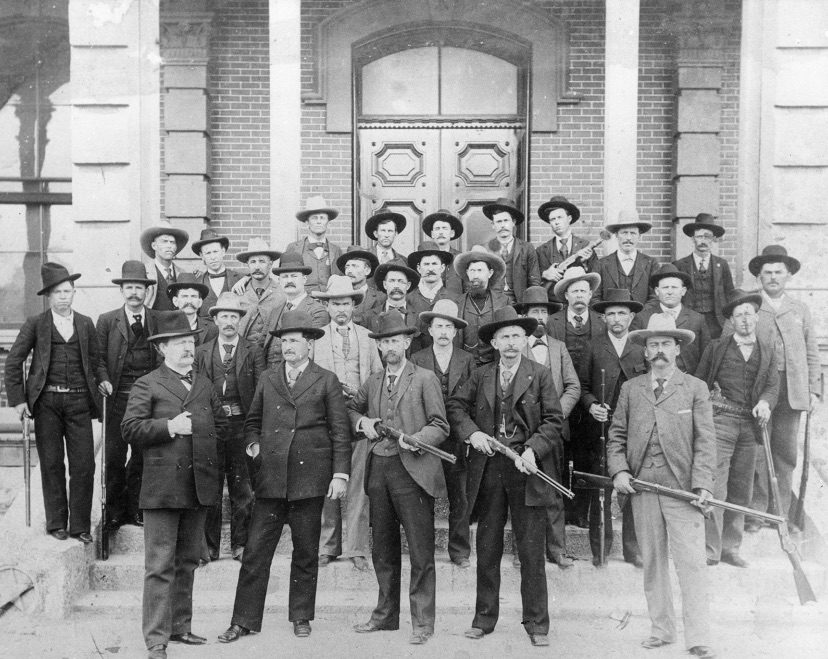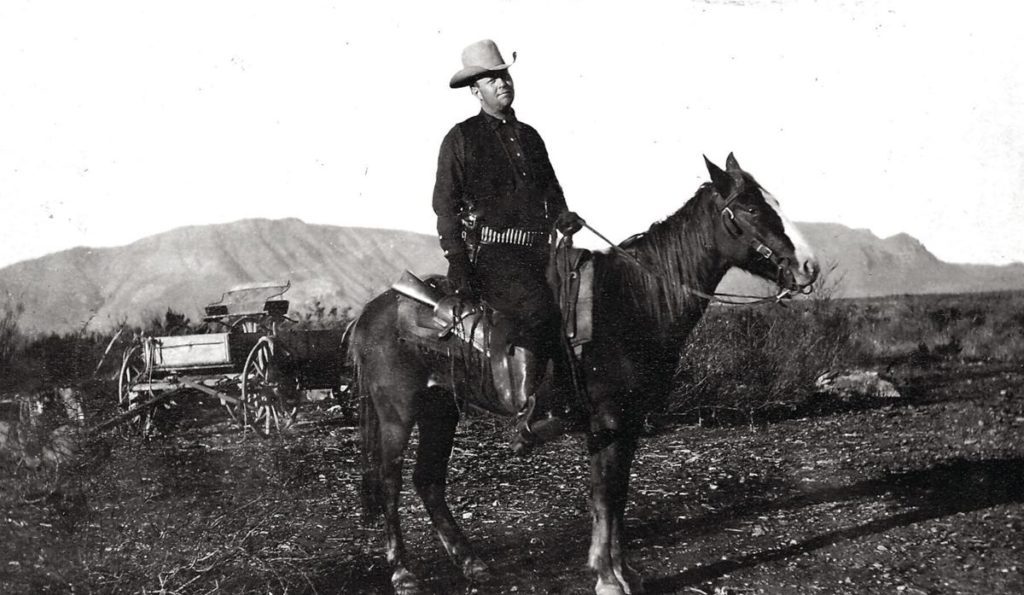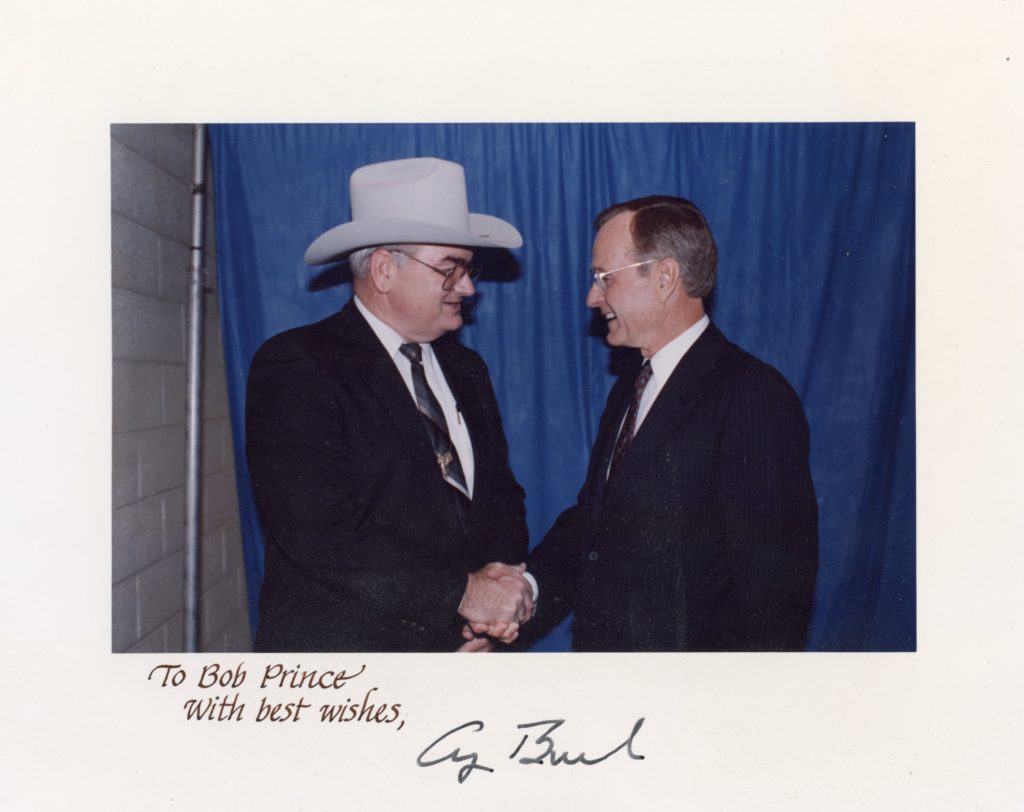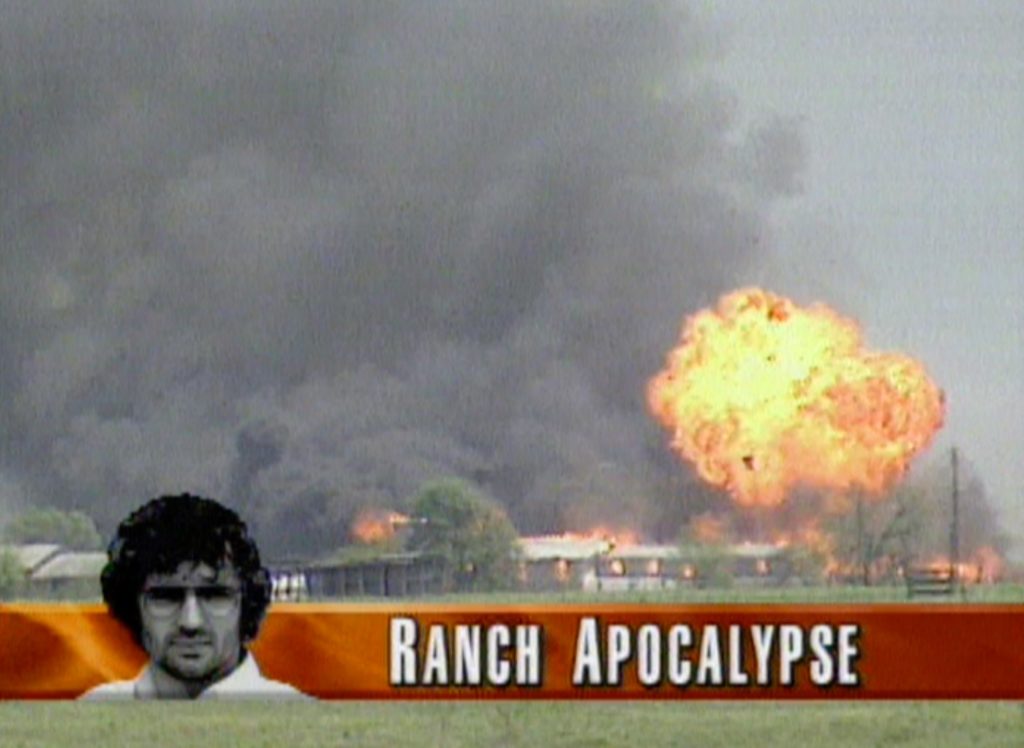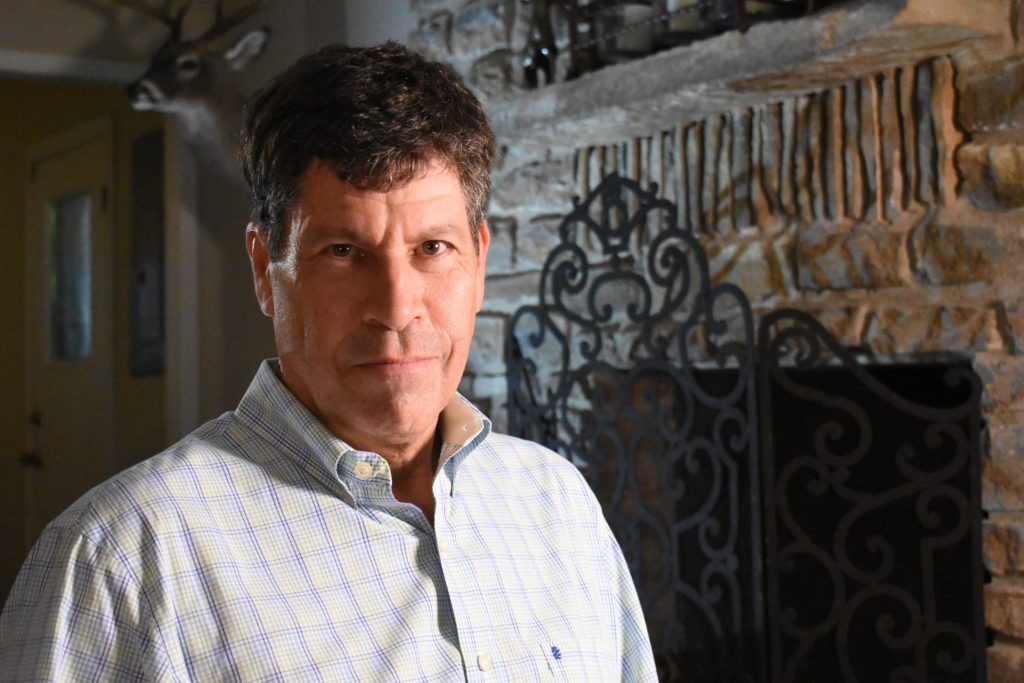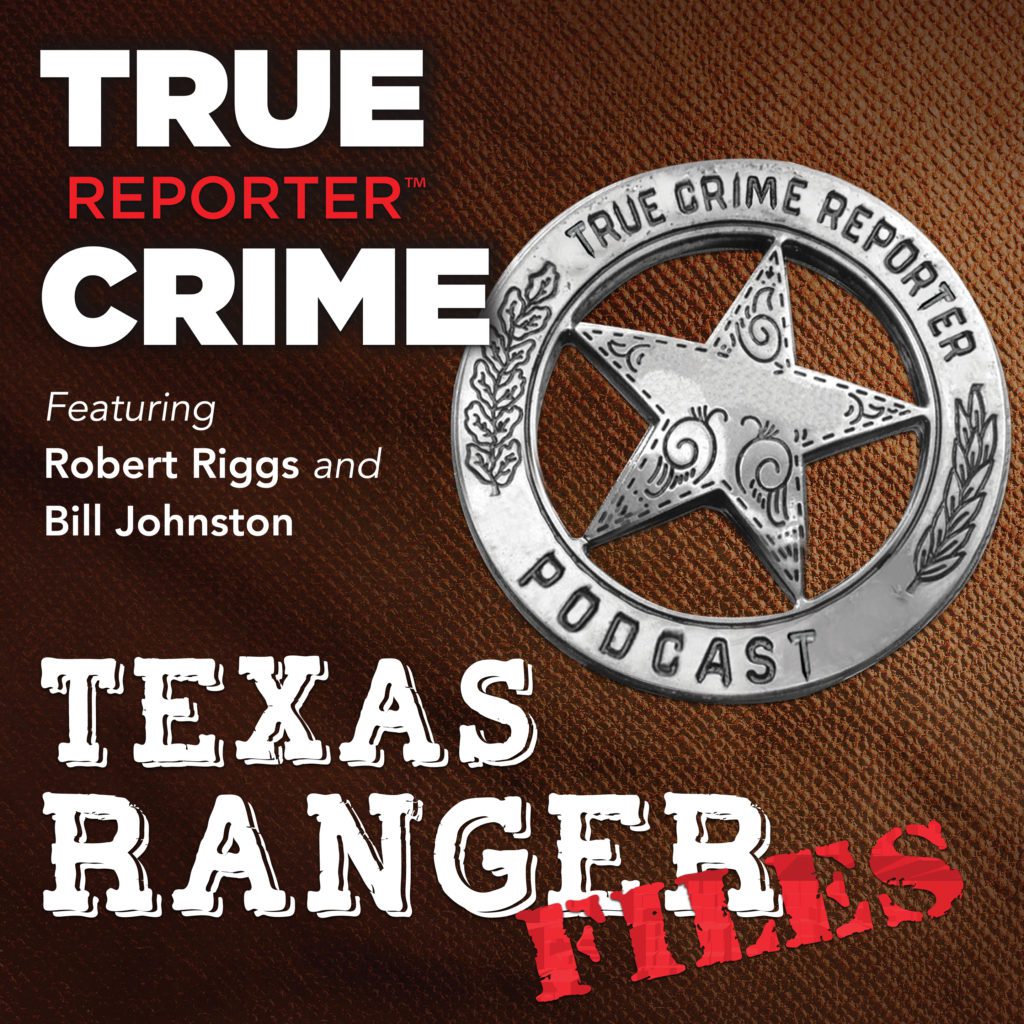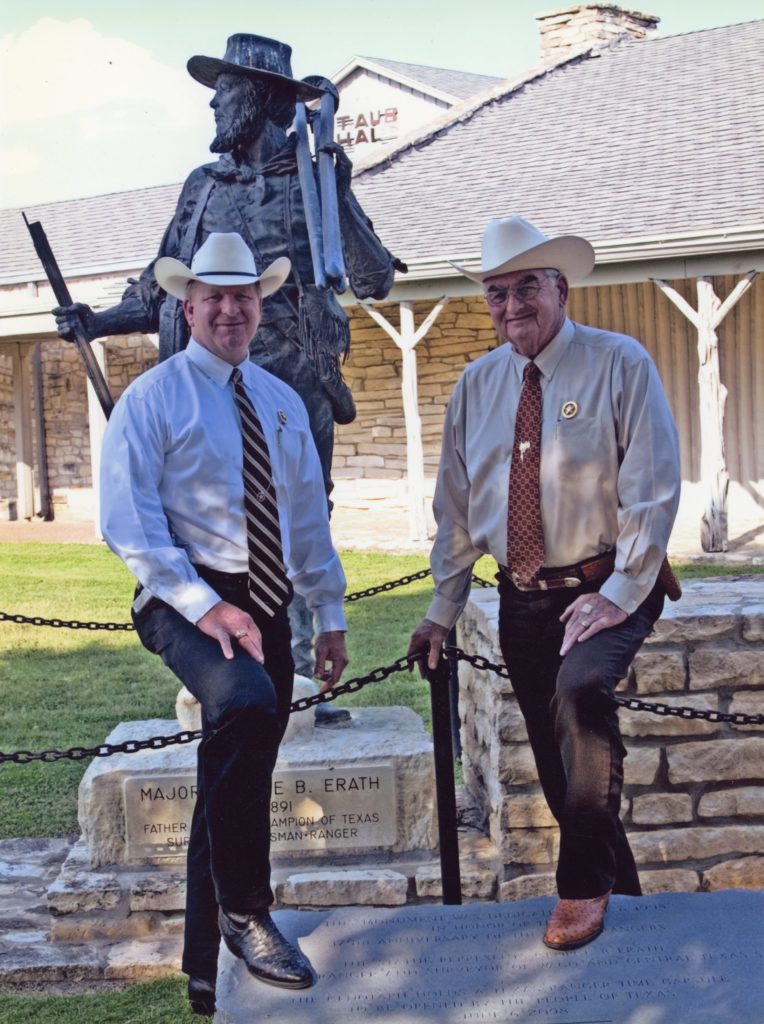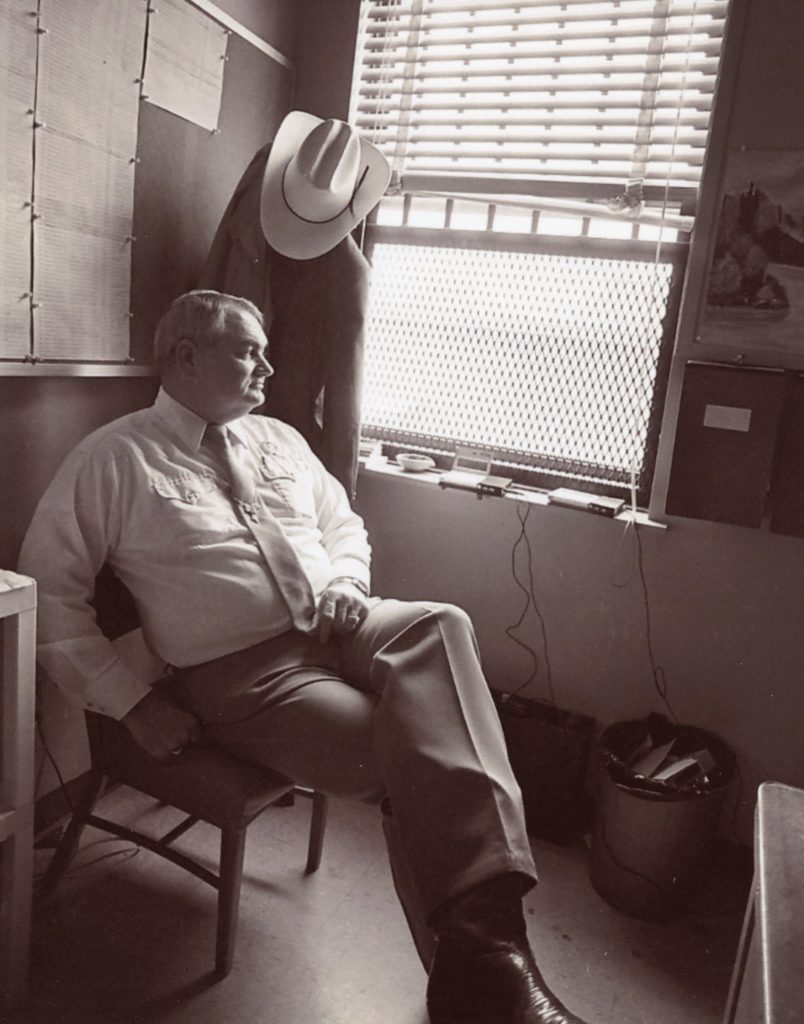No man in the wrong can stand up against a fellow that’s in the right and keeps on a-comin’
–Texas Ranger Captain Bill McDonald
From 1823 to the present day, a courageous group of men and women have been chosen to protect and serve the people of Texas. The Texas Rangers constitute the oldest state law enforcement organization in North America.
The Ranger’s lore and legend endures because of its appealing heroic archetype of the self-reliant and brave law officer on horseback who faces challenges in Texas’ rugged frontier environment.
Modern-day Texas Rangers may spend the morning on horseback and the evening on a laptop computer. They are responsible for conducting murder and government corruption investigations in rural Texas counties. Many of these cases while shocking rarely make the news outside of their local communities.
Former federal prosecutor Bill Johnston and investigative reporter Robert Riggs established strong relationships with the legendary Texas Rangers during their careers.
The dynamic duo tap into a deep well of bizarre criminal cases in their episodes of True Crime Reporter™ The Texas Ranger Files.
The Texas Rangers’ colorful history has been chronicled in numerous movies, television shows, radio programs, books, and now for the first time in this the True Crime Reporter™ podcast.
Real-life stories and fictional tales inspired by the Texas Rangers span the globe in entertainment.
Children of the 1950s fondly remember the Saturday morning TV serial called the Lone Ranger about a masked former Texas Ranger who fought outlaws in the American Old West with his Indigenous American partner Tonto.
Lonesome Dove, the 1989 American TV miniseries based on Larry McMurtry’s Pulitzer Prize-winning novel about two aging Texas Rangers who drive a herd of stolen cattle 2,500 miles from the Rio Grande to Montana captured the public imagination.
It immortalized Charles Goodnight a legendary rancher and trailblazer who became known as the “father of the Texas Panhandle.” Goodnight served as a frontier scout and Texas Ranger in his youth.
Goodnight and his partner Oliver Loving established the Goodnight-Loving cattle trail which became one of the Southwest’s most heavily used cattle trails from South Texas to Colorado.
Goodnight and Loving’s friendship and adventures influenced McMurtry’s epic novel.
In the 1990s Chuck Norris played the title role in the long-running TV series Walker, Texas Ranger. Norris battled criminals in Dallas and all around the great state of Texas.
More recently, Hollywood’s Hell or High Water depicted the fictional story of two Texas Rangers in pursuit of a pair of brothers who rob banks to save the family ranch from foreclosure.
Jeff Bridges who plays the part of one of the Rangers received an Oscar Nomination for Best Supporting Actor. Bridges credited the real-life renowned Texas Ranger Joaquin Jackson for helping him train for the role.
You can read more about Ranger Jackson in this issue of Texas Monthly magazine or read his book One Ranger Returns.
Bridges also received guidance from former Deputy U.S. Marshal Parnell McNamara.
Hell or Highwater was written by Taylor Sheridan, McNamara’s cousin.
Sheridan is the writer, director, and co-creator of the hit TV series Yellowstone.
McNamara now the Sheriff of McLennan County and his late brother Mike are featured in the first season of the True Crime Reporter™ podcasts about the manhunt for serial killer Kenneth McDuff with Bill Johnston the cohost of True Crime Reporter™.
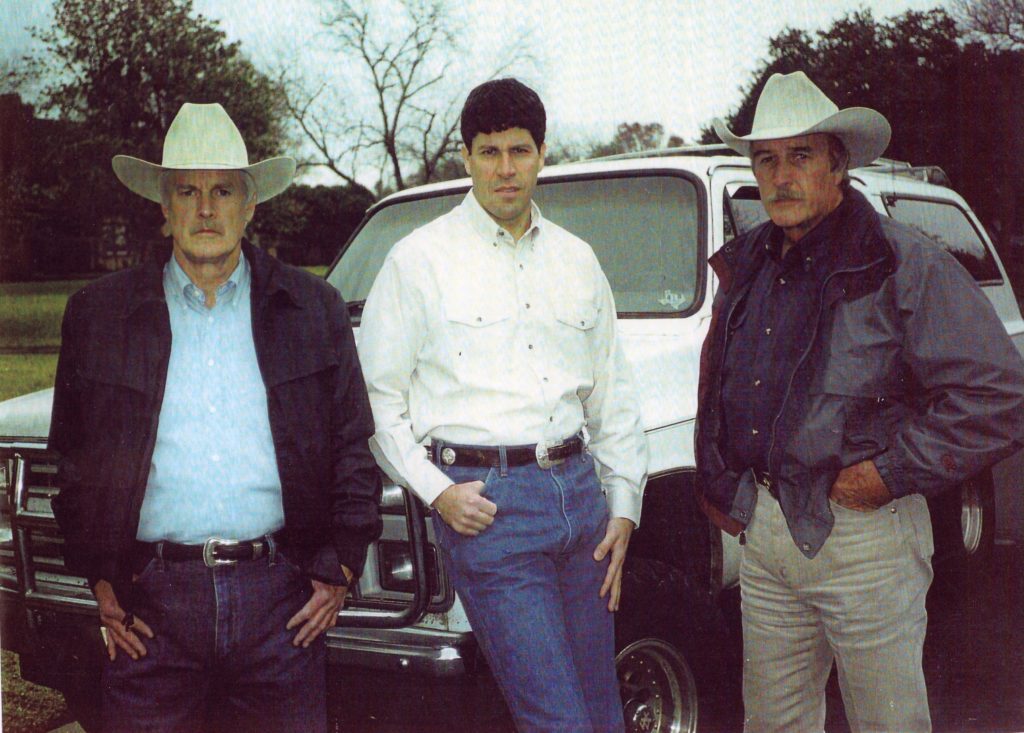
A Ranger is an officer who is able to handle any given situation without definite instructions from his commanding officer or higher authority. This ability must be proven before a man becomes a Ranger.—Ranger Captain Bob Crowder
The birth of the Texas Rangers took place in 1823.
Back then, Texas was a part of Mexico – which had just pulled away from Spain.
The land mass of Texas was even larger than it is today. The space amounted to more than a third of the United States.
700 colonists called themselves “Texians” and although they were part of Mexico, they were pretty much on their own.
The indigenous people of that day occupied most of the state, with the Comanches being the predominant and fiercest group of all. The Comanches frequently raided the Texas settlements.
Who could protect this vast landscape? What was needed were some tough men who could “RANGE” around the Texas colonies- fleet on a horse, good with a gun.
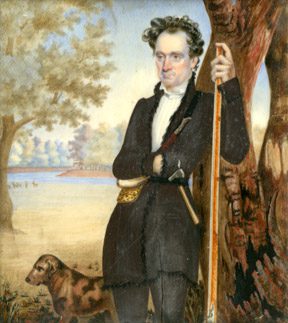
Stephen F. Austin, known as the “Father of Texas”, organized two companies of frontiersmen as rangers for the common defense.
The Texas “RANGERS” were born.
In 1823 the Texas Rangers rode around the Texas colonies fending off attacks – chasing down the attackers. More military-style defense, rather than law enforcement as we think of them today.
When Texas declared its independence from Mexico, it was the Rangers who helped in the fight, being particularly good at scouting for the location of the Mexican Army. Easy for them to do – they knew every pasture in Texas.
The provisional government of the Republic of Texas in 1835 authorized a “ranging company” of 25 Rangers, later increased to three companies of 56 men each.
At the Battle of the Alamo a year later, Rangers responded to Colonel William B. Travis’s appeal for help. They all died including the youngest who was in his teens at the time according to the Texas Ranger Hall of Fame and Museum.
Over time, the Rangers were organized into “Companies” – each led by a Captain. Each Captain was in charge of an area larger than most states in the Union.
By the 1870s, the Rangers’ attention turned toward stopping cattle thieves raiding from Mexico, bank robbers, and western outlaw gangs like Jesse James and the James Brothers.
Famous Rangers came along, “Lone Wolf” Gonzaullus (pronounced Gonzales) who worked to keep the Texas oil fields safe, and Frank Hamer, who led the manhunt for the infamous “Bonnie and Clyde” gang in 1934.
Bonnie Parker and Clyde Barrow were an American criminal couple during the time of the Great Depression. They became celebrities driving across the U.S., robbing banks, stores, and gas stations.
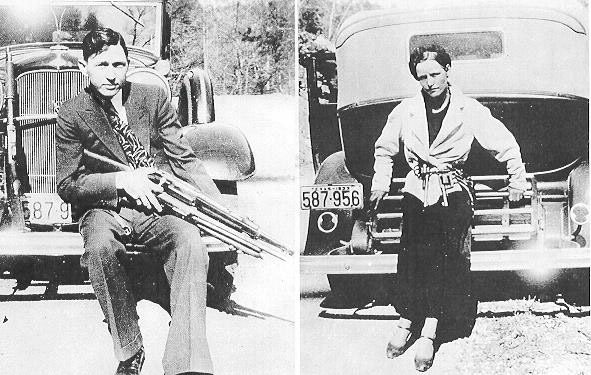
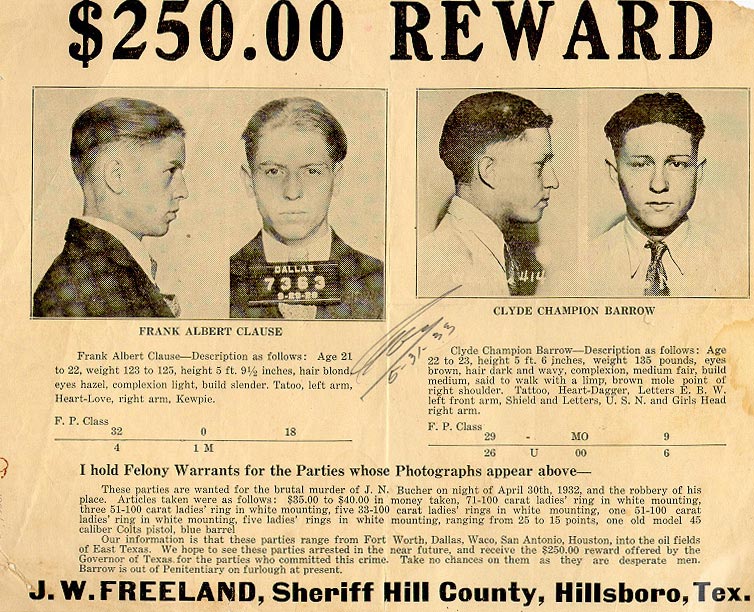
Unlike other outlaws, Bonnie and Clyde were armed weapons developed during World War I, like Browning automatic rifles, and Thompson submachine guns. Small town police officers found themselves outgunned and outrun when the deadly duo roared into town in a Ford V8.
The head of the Texas prison system recruited, Frank Hamer, a legendary manhunter, to come out of retirement to track down Bonnie and Clyde. The gang had broken one of their accomplices out of prison killing two guards in the process. Hamer was appointed a special officer for the Texas Highway Patrol with the specific duty to capture the Barrow Gang.
Hamer hunted Bonnie and Clyde for more than 100 days. He and Ben Maney Gault, a veteran Texas Ranger tracked the gang to their hideout near Gibsland, Louisiana.
They staged a carefully orchestrated ambush riddling Bonnie and Clyde with a hail of deadly bullets.
American historian Walter Prescott Webb described Hamer as one of the three most fearless men in Western history.
Earlier In 1908, Hamer served as the city Marshal of Navasota, Texas where he single-handedly took on the Klu Klux Klan which had publicly hung innocent African American men accused of crimes. He returned to the Rangers a few years later.
Even though the State was huge – the numbers of Rangers were small. Only a very few could measure up to the standards which the Rangers had set, and only a few could handle the rigorous and lonely work.
At the time of this episode in 2021, there are 172 women and men from all walks of life are posted to seven companies lettered “A” to “F” and an “H” company for headquarters.
The A to F districts are based in six geographic locations and H company is based in Austin, Texas, the state capital.
A Ranger captain supervises each company. You will hear from one shortly.
Because so much of Texas is rural, small sheriff’s offices were not equipped or trained to handle complex cases or most murder cases, or public corruption. So, the Rangers became homicide specialists.
True Crime Reporter’s cohost former federal prosecutor Bill Johnston called on the Texas Rangers to investigate one of the state’s most complicated crime scenes to date, The Branch Davidian Cult case.”
On February 28th of 1993, seventy agents from the Alchohol Tobacco and Firearms agency known as ATF, attempted to serve search and arrest warrants at the Branch Davidian Compound called Mount Carmel Center located outside of Waco, Texas.
They were met by a hail of gunfire, some from illegal machine guns. During a two-hour gun battle, four federal ATF agents were killed and more than a dozen wounded. Six Davidians were reportedly killed.
The cult was led by David Koresh who believed he was the spiritual heir of the biblical King David. Koresh espoused an apocalyptic vision based on his interpretation of Revelations.
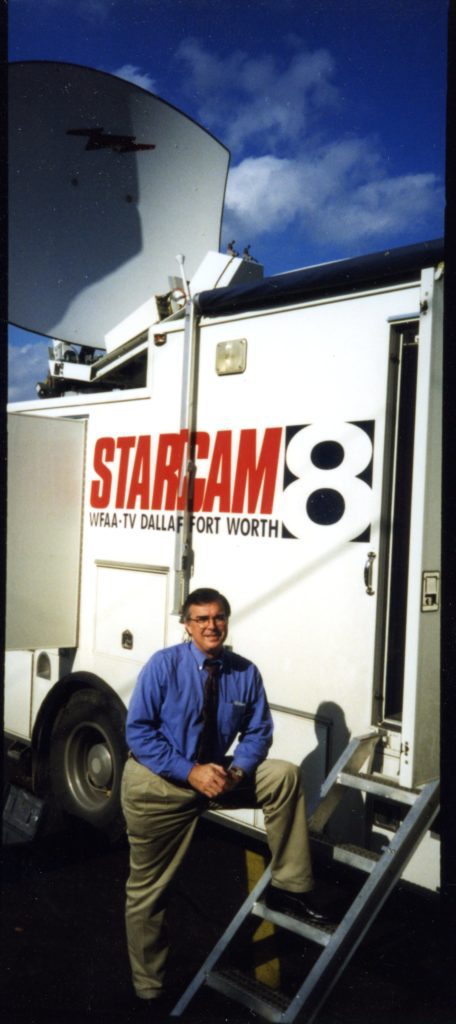
Robert Riggs, the founder of True Crime Reporter™ covered the ensuing 51-day siege which ended in a fiery explosion and deaths of nearly 80 of Koresh’s followers including twenty-two children. Most of them had been huddled inside a massive ammunition bunker that blew up.
Bill Johnston wrote the search warrant for the original raid and obtained lengthy jail sentences for some of the surviving cult members.
43 rangers worked at times on the investigation in assisting Johnston’s investigation.
The Texas Rangers are structured like a paramilitary organization.
It consists of seven companies lettered “A” to “F” and an “H” company for headquarters.
The A to F districts are based in six geographic locations and H company is based in Austin, Texas, the state capital.
A Ranger captain supervises each company.
The Texas Ranger Hall of Fame & Museum in Waco, Texas, is the state-designated official historical center of the famed law enforcement agency.
In this inaugural episode of True Crime Reporter™ Texas Ranger Files, Johnston and Riggs interviewed one of the most famous of the modern-day Texas Rangers, Retired Ranger Captain Bob Prince.
Captain Bob Prince and his son Randy are the only father and son in the history of the law enforcement organization to serve concurrently as Ranger Captains.
Bob Prince tells a spellbinding story about how the Rangers rescued a 13-year old kidnap victim in a hail of gunfire in the first episode of True Crime Reporter™ Texas Ranger Files.
